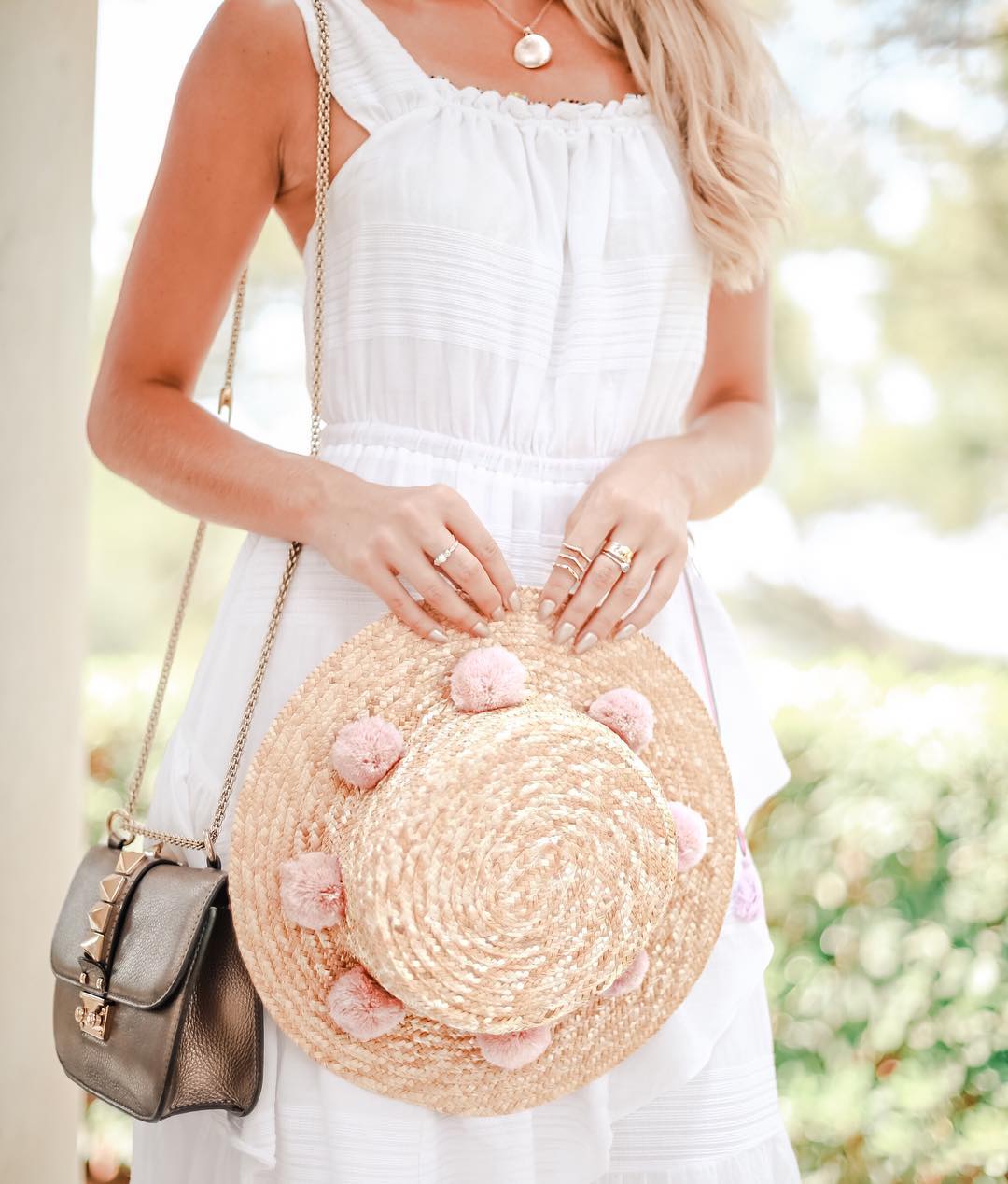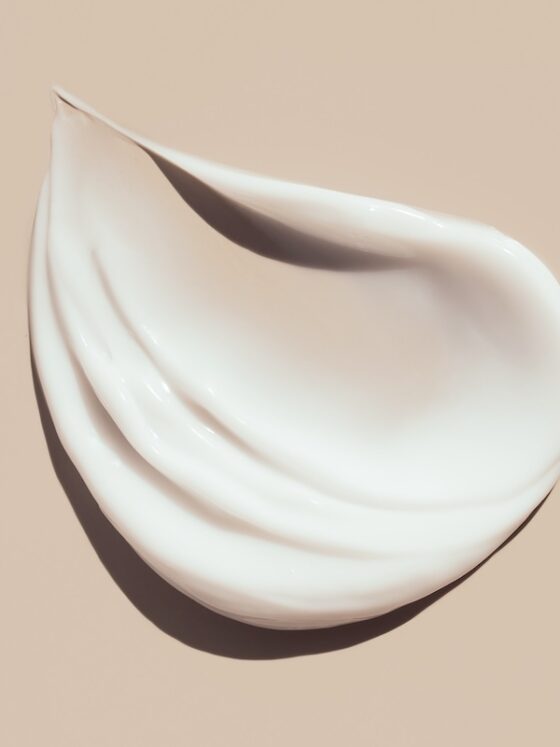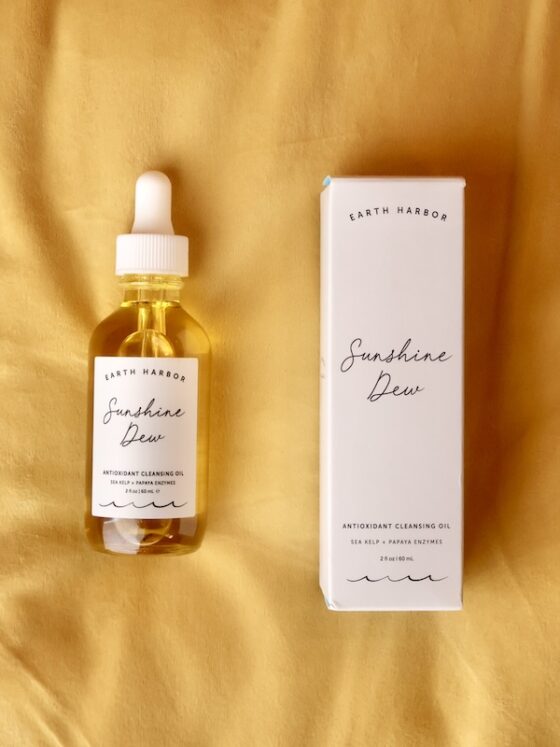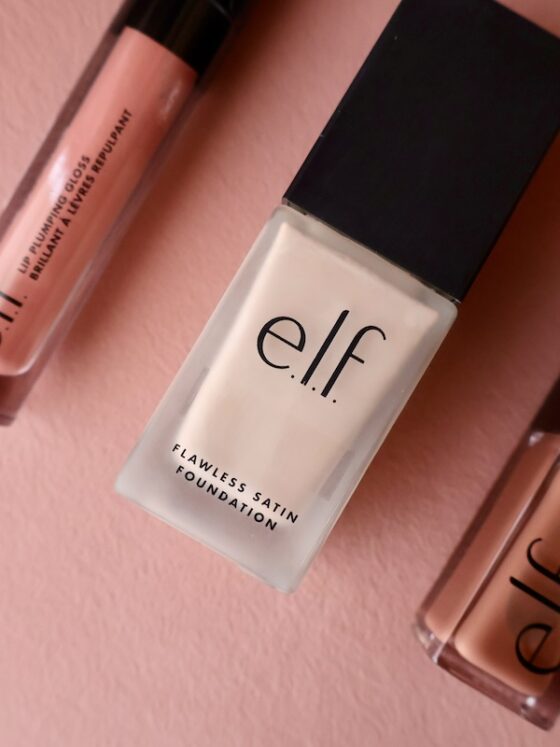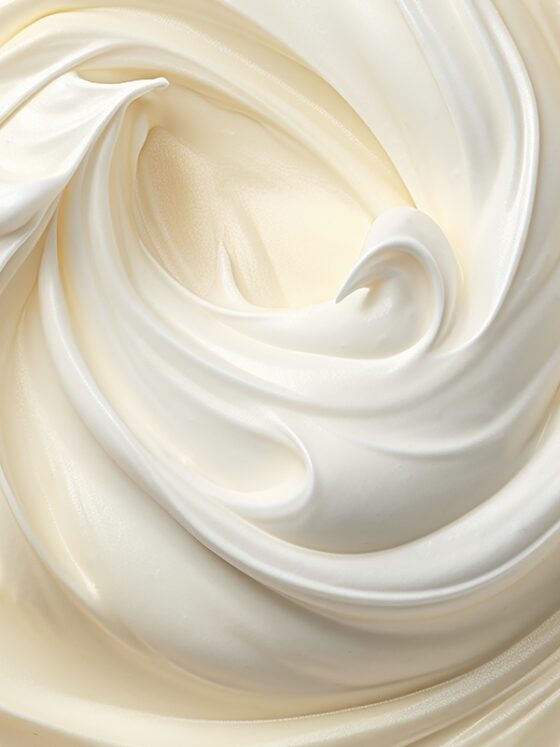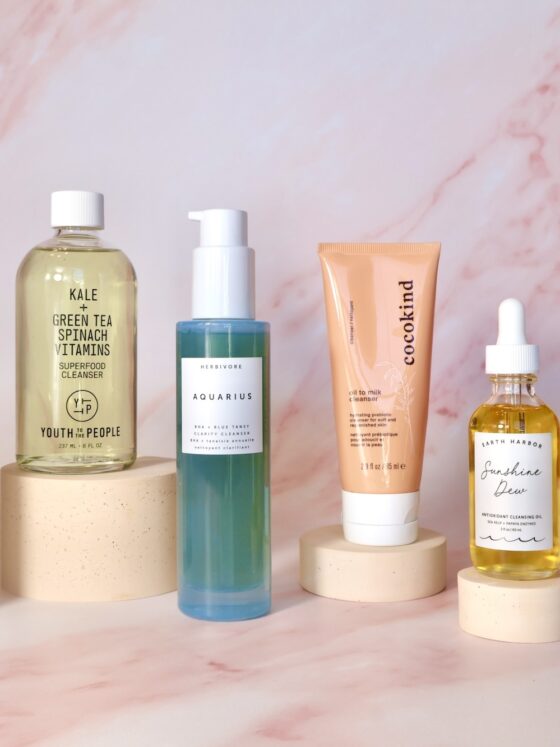The Best Simple Skincare Routine for Beginners: Clean, Cruelty-Free & Actually Effective
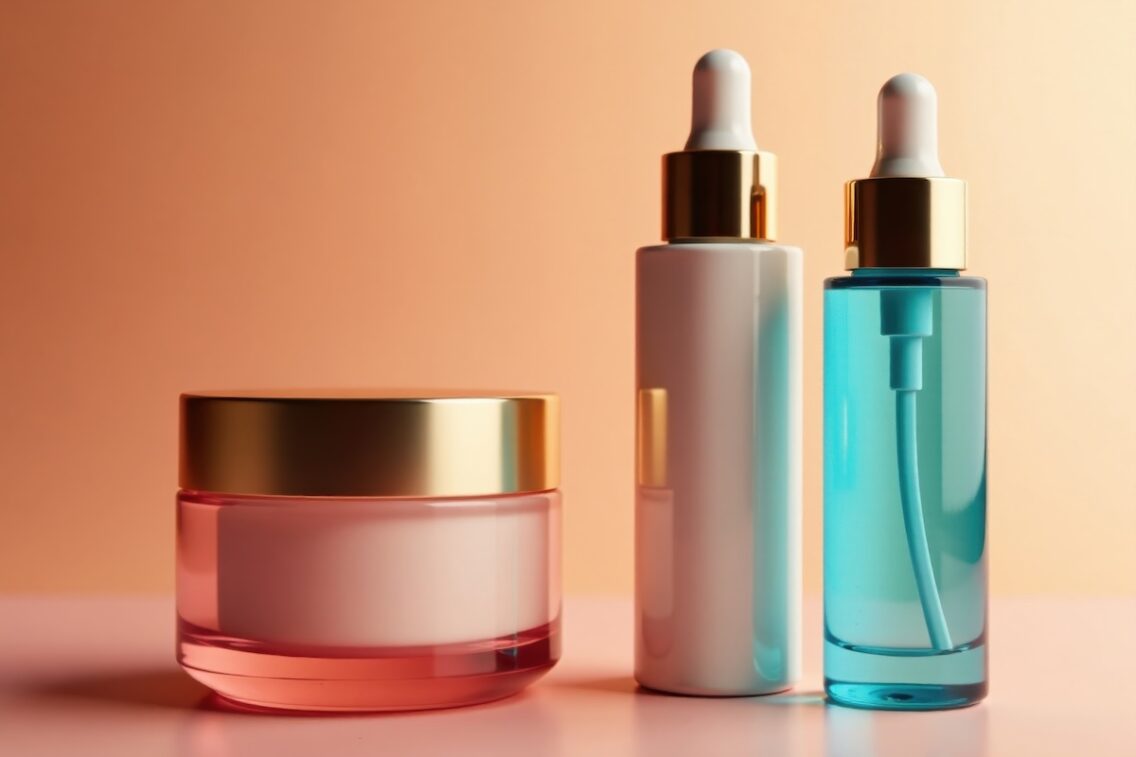
This post contains affiliate links, so if you make a purchase I may earn a commission. Learn more.
Overwhelm, thy name is beauty products. Not only are there thousands of options, but there’s also the heavy lift required to determine the quality, efficacy, healthiness, and, in a perfect world, sustainability of each item vying for a place on your vanity. All we wanted was a good old fashioned glow up—how did it all get so complicated?
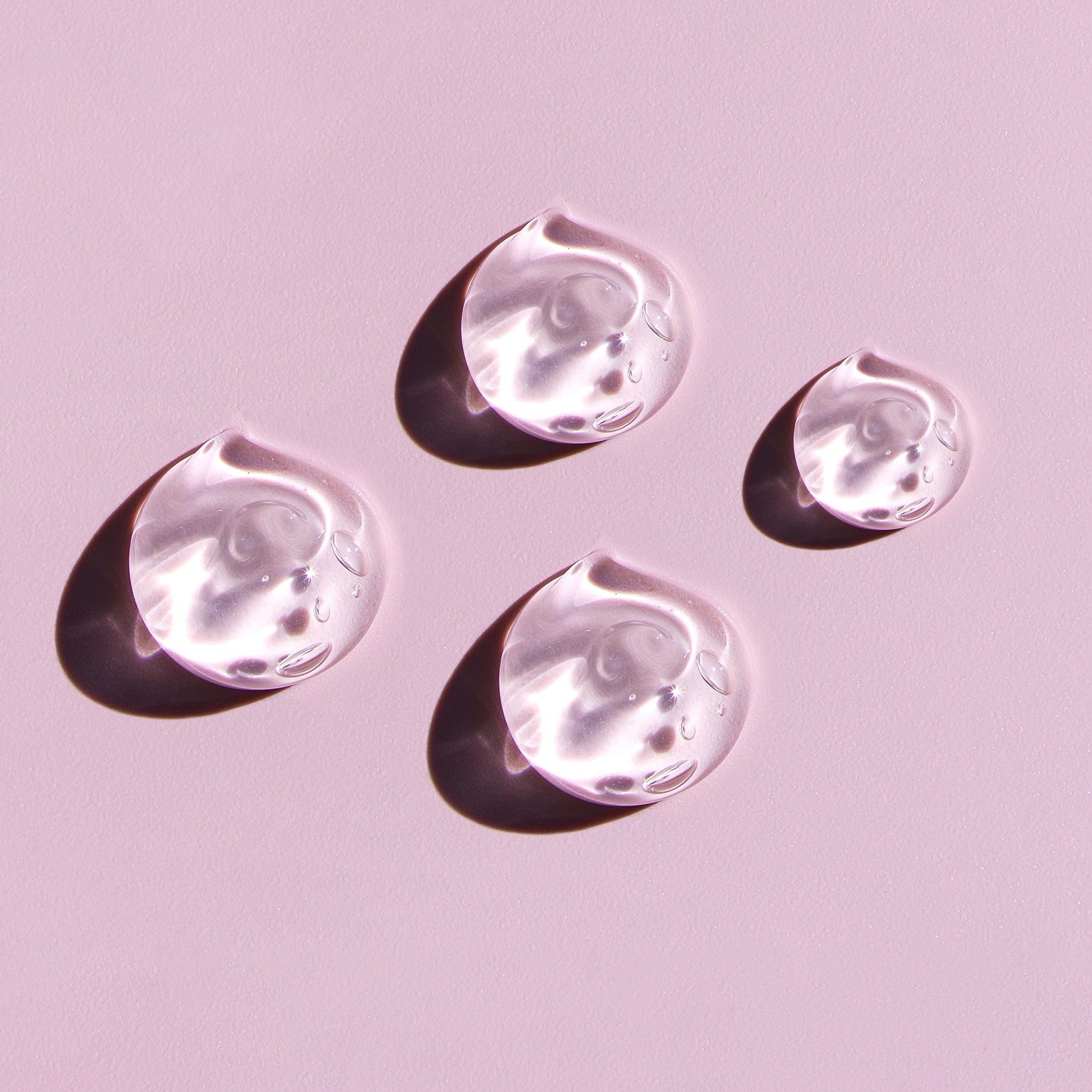
But there’s still hope for a deliciously simple routine that will nourish and rejuvenate your skin, and leave you glowing. This guide will offer a straightforward skincare routine with all the results and none of the frills, and features only products that are clean and cruelty-free.
Why the emphasis on simplicity? Using fewer products means you’re more likely to stick to the routine, which will compound results, and it also means the whole affair will be better for the earth and your wallet. Anyone who’s ever gotten overzealous about a new goal—like going to the gym every single day when you haven’t been in months—knows that bite-sized and simple are the tickets to success when it comes to starting and sticking with something. Yes, I majored in alliteration.
In this guide you’ll learn the important fundamentals. Nice-to-have but unnecessary steps get their own bonus section, so you can decide if and when you want to build onto the baseline routine. Let’s get into it!
What is Clean Beauty?
Clean beauty is a term used to describe products that are, in theory, held to a higher standard than the majority of products on the market. This standard is usually taken to mean:
- Better for our health—made without toxic or questionable ingredients
- Better for other parties involved—made fairly, ethically, and sustainably
Think of the health piece like this: ‘clean’ products (again, in theory) are free of things you wouldn’t want going on your skin if you had a full and complete understanding of them—something only a scientist or product formulator would realistically have. The purpose of clean beauty is to help us avoid products that contain, unbeknownst to us, potentially harmful ingredients.
The second element boils down to ethics, which most frequently takes the form of generally more earth-friendly. But it sometimes extends to other ethical areas, including cruelty-free, vegan, made with ethically-sourced ingredients, etc.

But “what is clean beauty?” is a little like asking “what is sustainability?” It’s a lot of things, but also no one can capture it in a cohesive way that everyone agrees upon and adheres to. What could go wrong! The term ‘clean beauty’ is inherently vague, so brands will exploit it to sell more to those who care about their health and the environment.
My guess is that the concept of clean beauty arose in part because the EU bans about 1,600 questionable (potentially toxic) ingredients that are still allowed in US beauty products. That discrepancy is concerning, and it kiiinda seems like we should err on the side of caution and not assume that everything on the shelves is necessarily good or even okay for us.
What Clean Beauty Means on Florah
As you might imagine, this topic is complex and everyone has an opinion. You can read more about it in this in-depth post if you’re interested. My goal with that article was to give an unbiased view of the issues. In short, Florah’s standards for clean beauty products, which apply to everything you’ll find in this simple skincare routine, are:
- Cross-referenced: Brands and products are reviewed on third party sites like the EWG Skin Deep Database and Credo Beauty to verify ingredient standards and quality.
- Confirmed cruelty-free: I can’t believe that so many brands still test on animals. It’s unnecessary, lazy, and deeply icky. Cruelty-free #4ever.
- Confirmed vegan: This is a subjective definition of ‘clean,’ but so often animal products are rooted in inhumane practices that it’s just easier to avoid them altogether.
- Eco-minded: This one is not black and white; I look for evidence that the brand genuinely cares about the earth. They may, for example, be climate neutral certified, donate a percentage of profits to charity (e.g. part of 1% for the planet), or prioritize glass over plastic in their packaging.
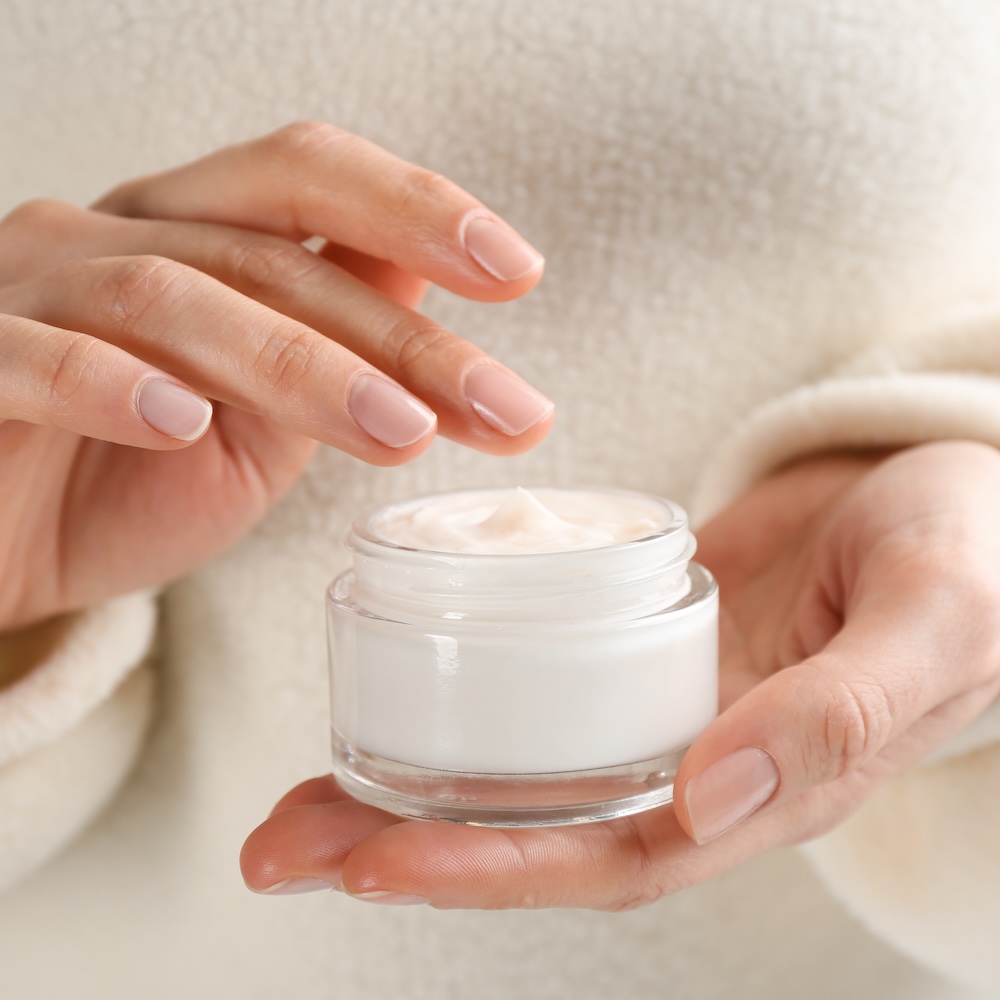
The Foundation of Glowing Skin
I’m including this section because I think we all deserve a reminder that beauty starts from the inside. And I’m not referring to inner beauty, which is wonderfully important, but I literally mean that physical beauty begins with how we take care of ourselves.
I won’t go too far down this rabbit hole, but society seems to want us to believe that beauty is something we add onto ourselves. It’s beauty products, makeup, clothing, cosmetic procedures. And certainly, those are elements of how we may look and feel our best.
But as we approach a big, beautiful goal like The Glow Up, let us first look inward and shore up the foundations. Rather than starting our journey to stunning skin by layering on, let’s begin by supporting our skin’s amazing natural abilities and work our way out. The glow is even brighter when it starts from within. Ooh la la.
Here are five foundational ways to kick off your simple skincare routine that will also positively contribute to your energy, joy, and general wellbeing.
1. Hydrate
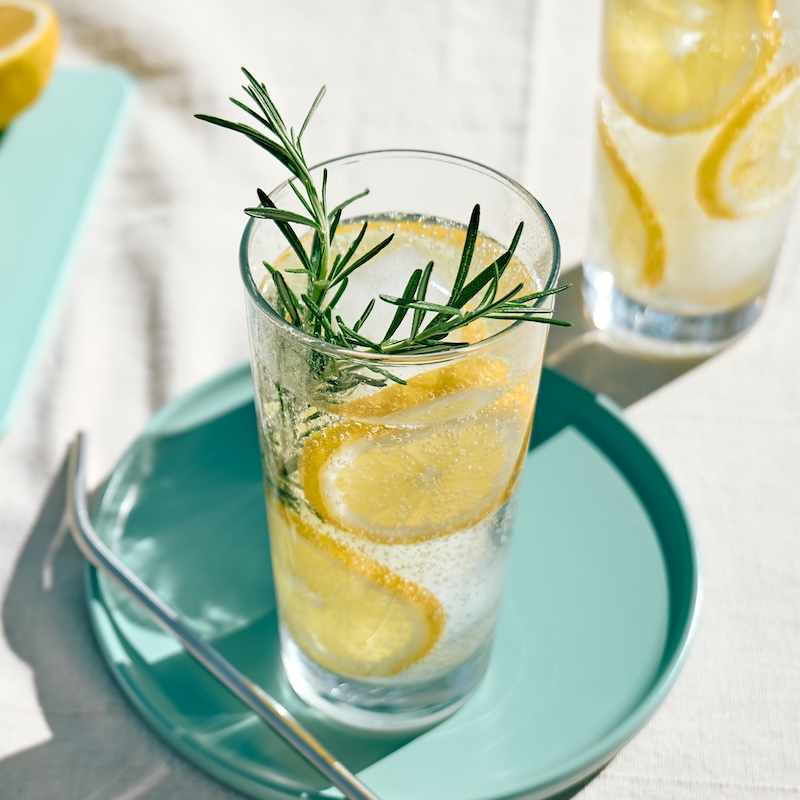
This is an oldie but a goodie, so I’ll keep it brief. Drinking lots of water is good for literally everything in your system—after all, our bodies are 50-70% water by weight. That is bananas. (B-A-N-A-N-A-S.) So drink your 8+ glasses of water every day, and/or your favorite other hydrating and not-too-sweet beverage, and check off that first box for happy skin.
2. Eat Your Veggies

The food we eat becomes the building blocks for new cells, so let’s make it count. Think about incorporating more whole, plant-based foods into your diet. Try these simple changes for healthier skin:
- Add: Omega-3s for hydration and reducing inflammation (flax seeds, chia seeds, walnuts, almonds)
- Add: Antioxidants to protect your cells from free radicals (tomatoes, citrus fruit, bell peppers, strawberries, kiwi, sunflower seeds, grapes)
- Reduce: Alcohol and processed foods to reduce cell damage and inflammation (fried foods, fast foods, refined sugars)
I know, I know. Reducing alcohol and sugar may sound like a buzzkill. But try subbing in a mood-enhancing, non-alcoholic cocktail for your nightcap here and there to ease the transition. And try fresh fruit, like perfectly ripe and juicy strawberries, to tickle the old sweet tooth.
3. Get Your Beauty Sleep
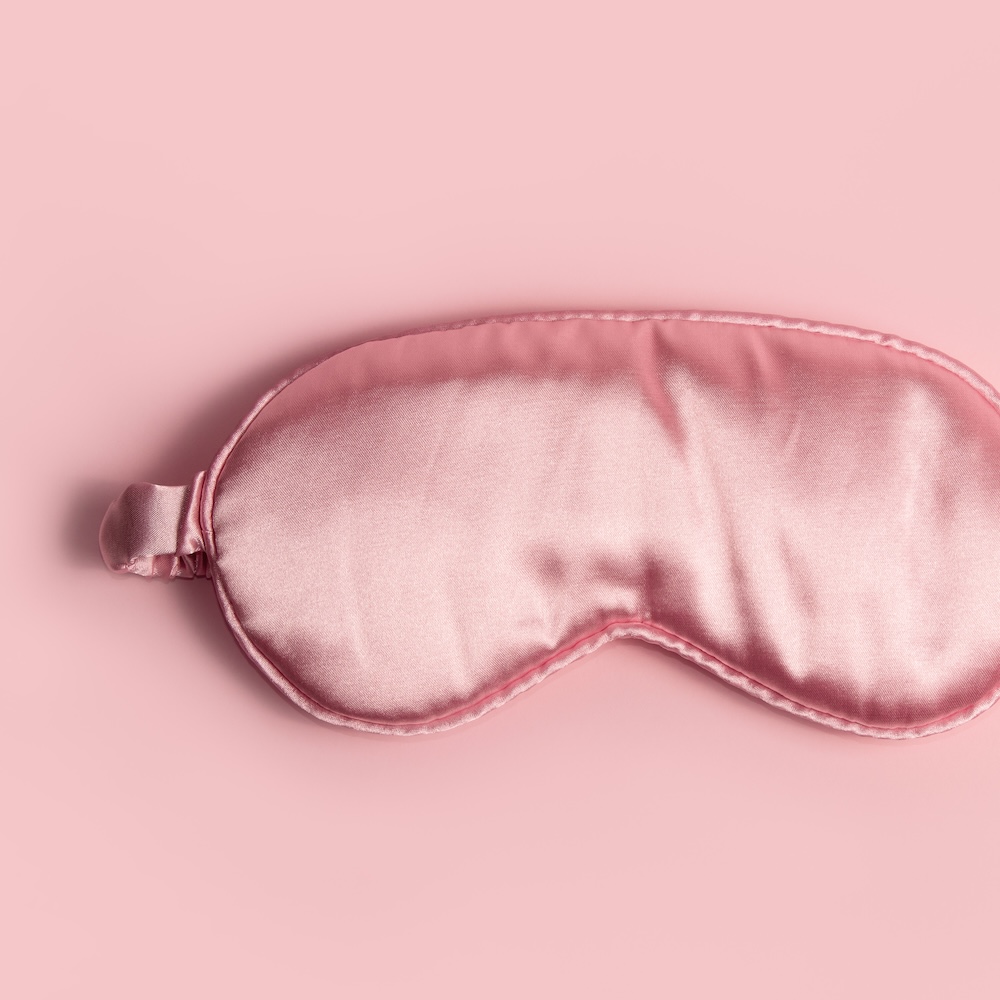
As we know, sleep rejuvenates our body and mind in alllll sorts of important ways. When it comes to our skin, there’s evidence that sleep:
- Bolsters the immune system (which in turn positively impacts our collagen production) and may help reduce wrinkles, improve our complexion, reduce dark circles, and strengthen hair (source)
- Balances our skin’s physiology, including pH levels, water loss, blood flow, and temperature (source)
- Aids in skin hydration and elasticity (source)
And, studies aside, the effects of insufficient sleep are often clear just from a glance in the mirror. It’s individual—dark circles are famous, but for my part I look pale, yellowish, and ill when I’m underslept. Kind of like a sleepy, jaundiced ghost.
The bottom line? Treat your sleep as sacred.
This section deserves a disclaimer: if you’re at a period in your life where sleep is evasive, like you’re raising young children or are overworked, this is not meant to add to your stress. Sleep when you can, and prioritize making more time for sleep as soon as it’s feasible for you.
4. Move Your Bod

Ah, that post-exercise radiance. Not the point right after a workout when you’re fully red and pouring sweat, but a little while after that, when you’ve reached the rosy, vibrant moment.
For kicks I have to include this quote from a journal I came across in my research: “Exercise has been shown to increase cutaneous blood flow, with acute maximal exercise increasing the cutaneous blood perfusion total spectrum power density approximately 8-fold.” Wow, sign me up!!
Lol. In layperson’s terms, here are some of the benefits of movement and exercise on skin health:
- Increased blood flow to all organs, including skin, which provides oxygen and nutrients to the skin and clears away impurities (source)
- Helps protect against the skin from free radicals, though note that extreme endurance training may actually have the opposite effect (source)
Just do your skin a favor: skip makeup before working out, wear sunscreen if you’re exercising outside, and shower after you work out to remove the sweat, oil, and bacteria from your skin.
5. Manage Your Stress
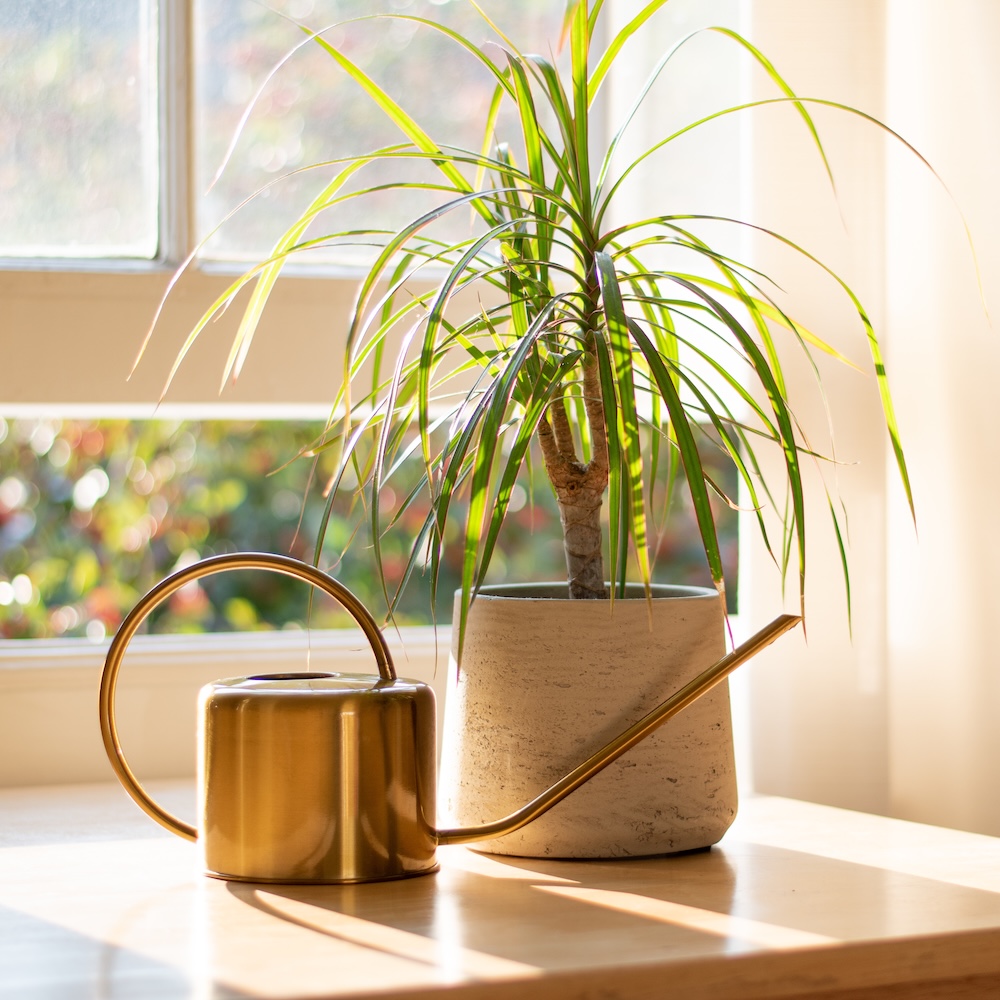
This is a mostly unsubstantiated and anecdotal hot take, but I’ve come to believe that stress is the root of all evil when it comes to health and happiness. Some amount of stress is natural and good, of course, but when it becomes acute and/or prolonged… that’s when we start having issues.
As far as our skin is concerned, psychological stress can disrupt the skin’s protective barrier and prolong its repair. It can also trigger hair loss and premature graying by interfering with normal cellular processes in both skin and hair follicles. (source)
Do whatever works for you to keep your stress levels in check. This is intertwined with other items in this list—exercise, sleep, and hydration are all known to reduce stress. Meditating, getting out in nature, and laughing are also lovely options.
Building Your Simple Skincare Routine
Now that we’ve laid the groundwork with some healthy lifestyle elements to start from the inside with our efforts, let’s get into the routine itself. The below three steps are the core structure of a strong but simple skincare routine.
Step 1: Cleanse
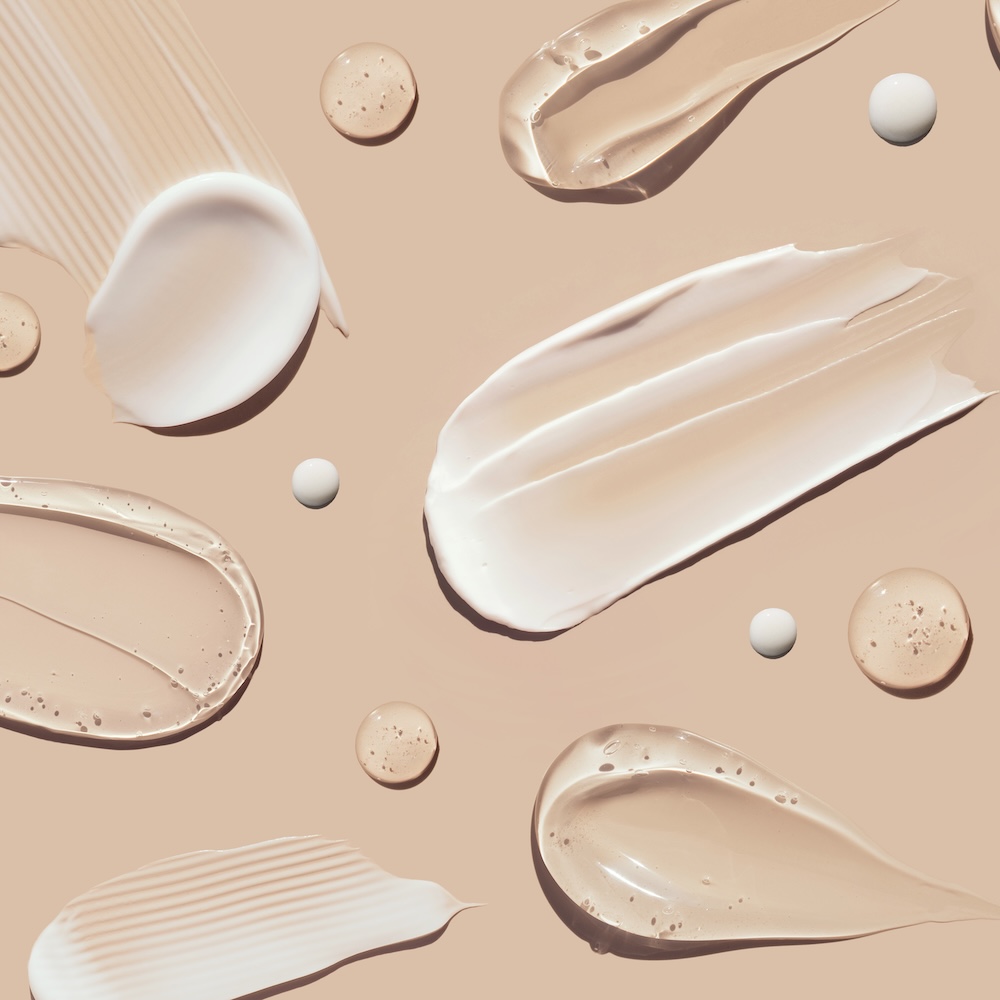
So simple, but so important: start your skincare routine by washing your face. Doing so accomplishes two key things:
- It removes all the things you don’t want on your skin—like dirt, oil, sweat, makeup, and dead skin cells. If those impurities are left to hang out on the skin, they can clog pores, cause breakouts, and dehydrate your skin.
- Cleansing preps the skin for all those good, active ingredients that come later in the routine. Beginning with a clean, fresh face ensures that those ingredients can fully soak in and do their job effectively.
Morning vs. Evening Cleansing
Here’s a quick breakdown by goal and by approach for your morning and evening cleansing routine.
MORNING
- Goal: Remove anything that has built up on your skin overnight from contact with your pillowcase (bacteria, hair oils, etc.)
- Approach: Using water or a very gentle cleanser, rinse or wash your face.
- Notes: Some dermatologists think that you really only need to wash your face once a day—at night. This comes down to your unique skin and its needs. Whatever you do, don’t overwash! It can lead to dryness and irritation.
EVENING
- Goal: Remove everything that’s been put on or gotten on your skin over the course of the day (makeup, sunscreen, dirt, etc.), and prep your skin for all the good actives you’re about to put on before bed.
- Approach: If you wear makeup, start by removing it with your favorite product (a makeup remover in liquid or wipe form). Then cleanse your skin with your favorite cleanser so it’s fresh, able to breathe, and ready for product.
How to Cleanse Properly
- Water Temp: Use lukewarm water, as it’s gentle on all skin types. Hot water can strip your skin of protective oils, while cold water may not fully dissolve natural oils. (source, source)
- Technique: Don’t scrub aggressively! Instead, massage cleanser into your skin using gentle, circular motions for at least one minute. (No need for a washcloth or brush—your fingers will be gentler and better for your skin.) Move in upward motions and avoid pulling down. This process stimulates the lymphatic system while encouraging oxygen and blood circulation. (source, source)
- Drying: After cleansing, pat your face and neck dry with a clean cotton towel and avoid rubbing, which can disrupt your skin barrier. (source)
Clean, Cruelty-Free Cleansers
Below are some of the most beloved clean and cruelty-free face cleansers, according to reviews. For a full post on this topic, head here.

Mad Hippie | Cream Cleanser
$17 | 4 oz
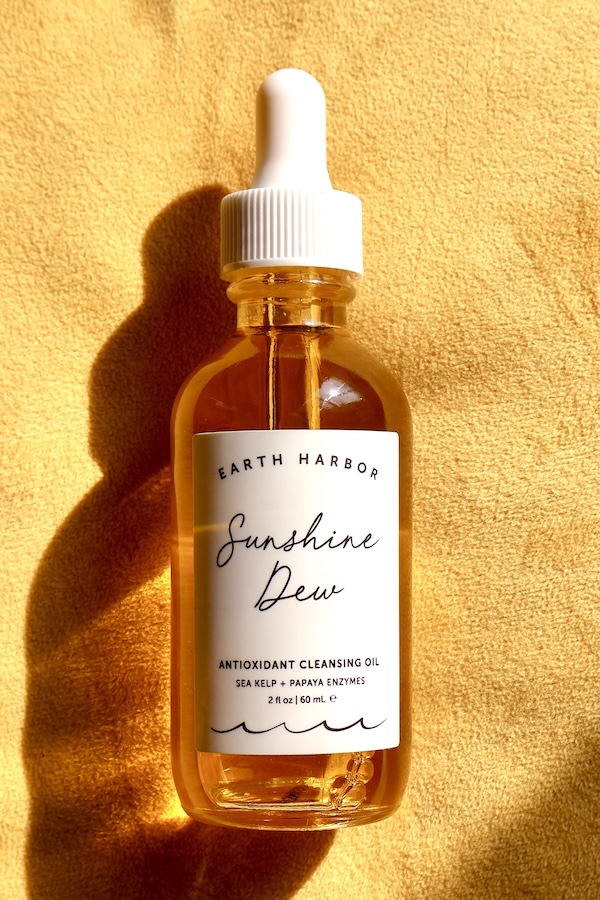
Earth Harbor | Oil Cleanser
$20 | 8 oz
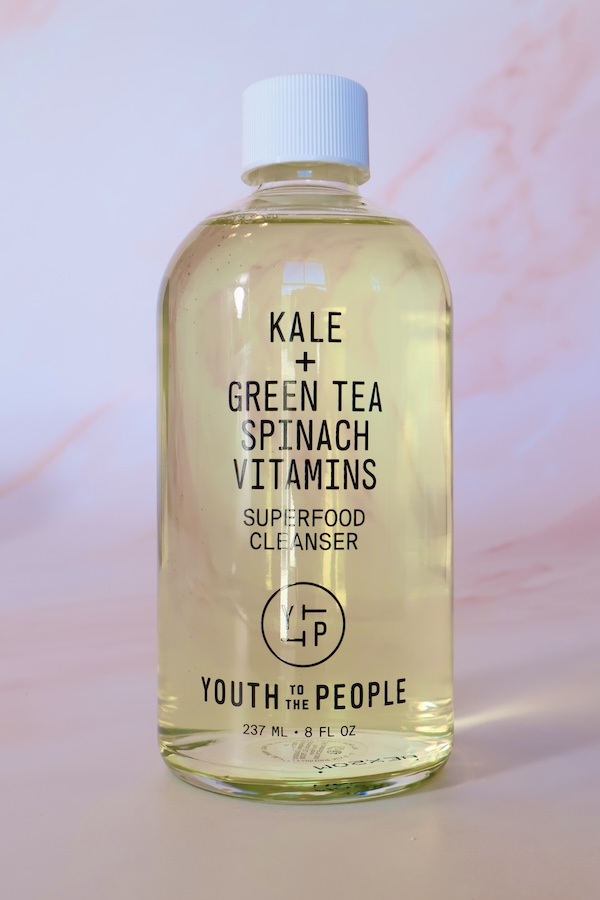
YTTP | Gel Cleanser
$39 | 8 oz
Step 2: Treat (Serums)
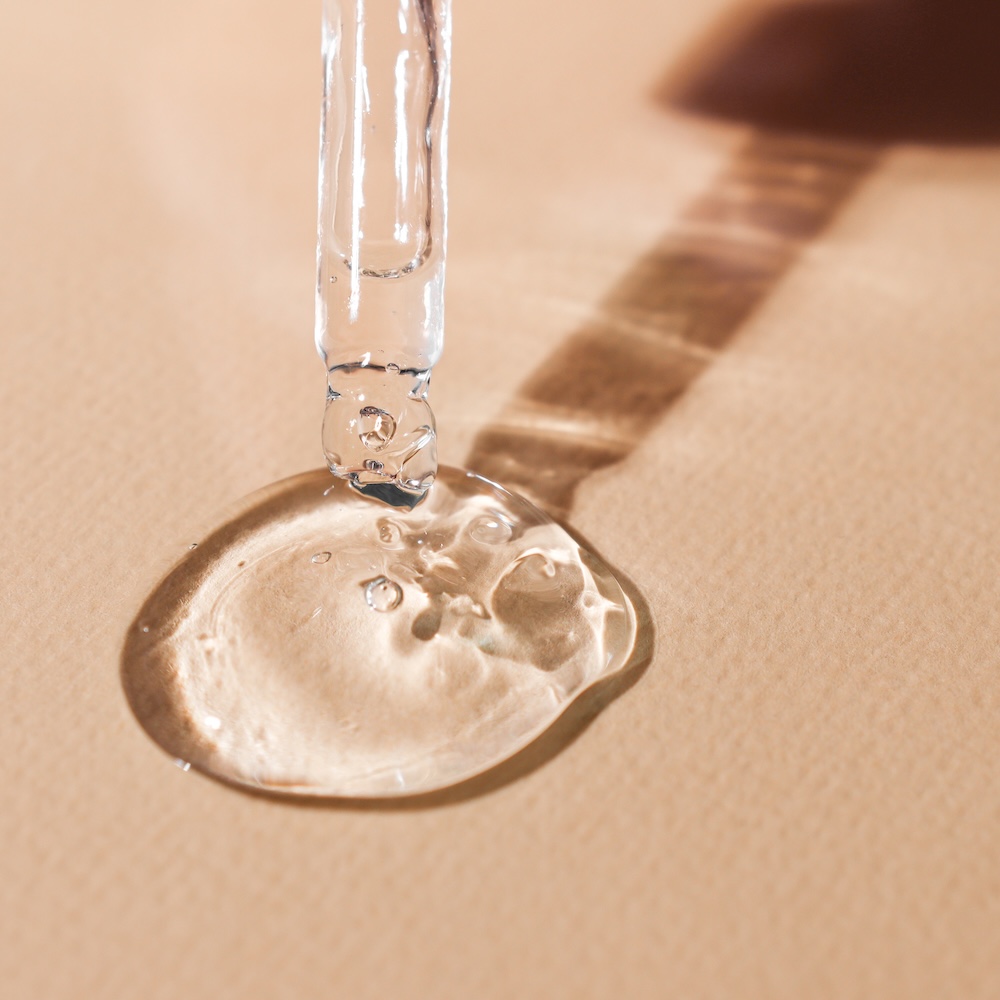
Serums are (thank you Harvard Medical School), “highly concentrated formulations that are designed to sink into the skin quickly, delivering an intensive dose of ingredients that can address common skin complaints.” Basically they’re the ‘treatment’ element of a skincare routine: they contain powerful ingredients and are used to accomplish very specific goals.
If you find yourself overwhelmed by the topic of serums, take heart. Are there hundreds of options for every conceivable beauty goal? Yes. But can we radically simplify our approach to serums without foregoing results? Also yes.
Let’s talk about two of the most universally beneficial and beginner-friendly serums that address the most common skin concerns. You can always add others on later if you wish. Simple is sustainable!
Two Superstar Serums for a Simple Skincare Routine
1. Vitamin C Serum (Morning)
- What it does: Antioxidant protection, brightening, collagen support
- Perfect for beginners: Generally well-tolerated (but start slowly), visible results
2. Hyaluronic Acid Serum (Evening)
- What it does: Hydration for all skin types (even oily skin needs hydration)
- Perfect for beginners: Works for almost everyone
The morning vs. evening guidance here is meant to be a very general rule. You’ll find more specific directions on your products of choice—some even contain both Vitamin C and Hyaluronic Acid, and are recommended to be used both morning and night.
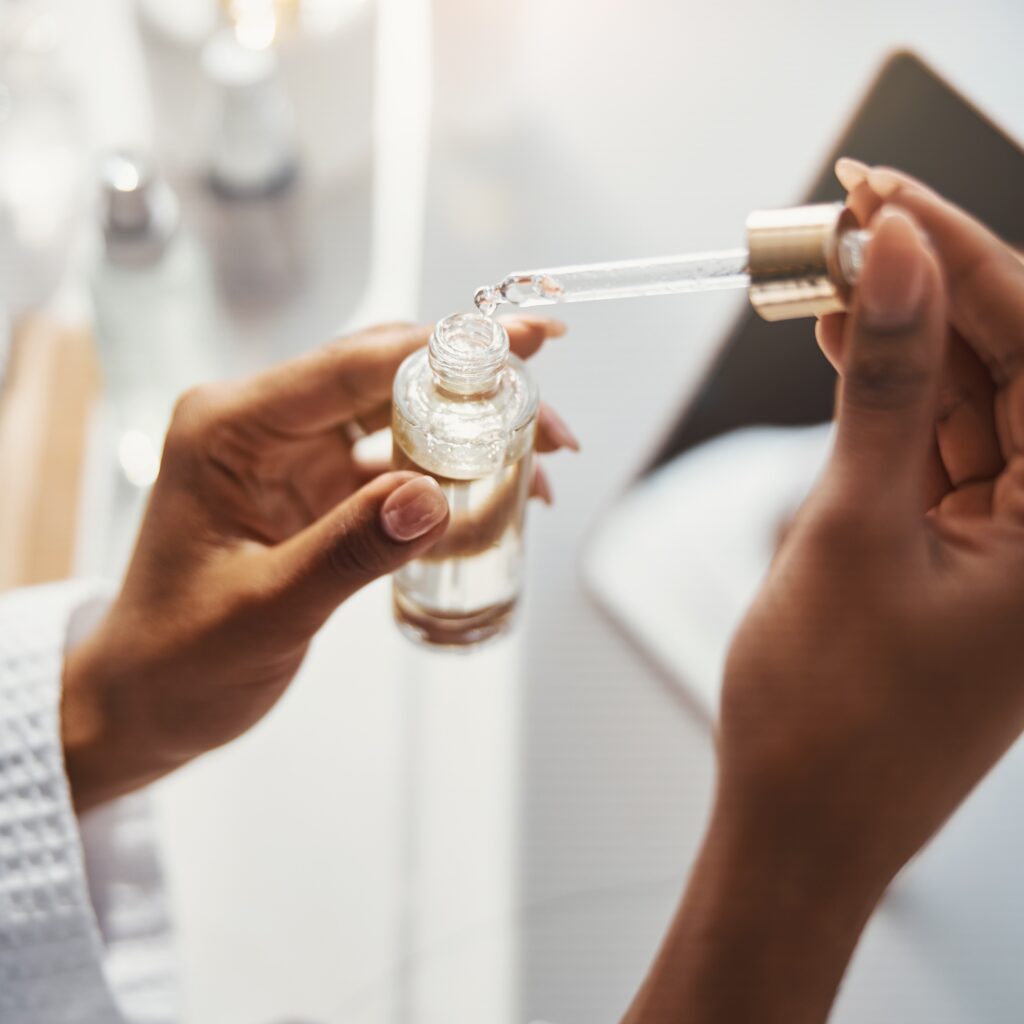
How to Apply Serum
Because serums are so concentrated, you shouldn’t need more than a few drops. After you cleanse, pat the serum onto your face and neck, and then pat and very gently rub it in using circular motions. The key, always, is to be easy on your skin and not rub or pull too hard.
Note the rationale for the order of events in an effective skincare routine: we cleanse, then apply serum, and then apply moisturizer because, generally speaking, we want to move from lightest to heaviest product. This ensures that the thinner products can properly absorb and don’t get ‘blocked’ by the thicker products.
Serums to Skip (For Now)
There’s no shortage of additional serums you may choose to layer in as you build out your routine. But for the purposes of this simple skincare routine, we’re intentionally skipping these slightly more advanced serums:
- Retinol serums: Can cause irritation, dryness, and increased sun sensitivity, requiring a slow introduction process that’s best tackled once your basic routine is established. (source)
- AHA/BHA serums: Require careful layering knowledge to avoid over-exfoliation and irritation. (source)
- Niacinamide serums: While gentle and well-tolerated, niacinamide’s multi-tasking benefits can be overwhelming if you’re still learning to identify your specific skin needs. (source)
- Specialized serums: Target-specific treatments (like dark spot correctors or redness reducers) require understanding your particular skin concerns first.
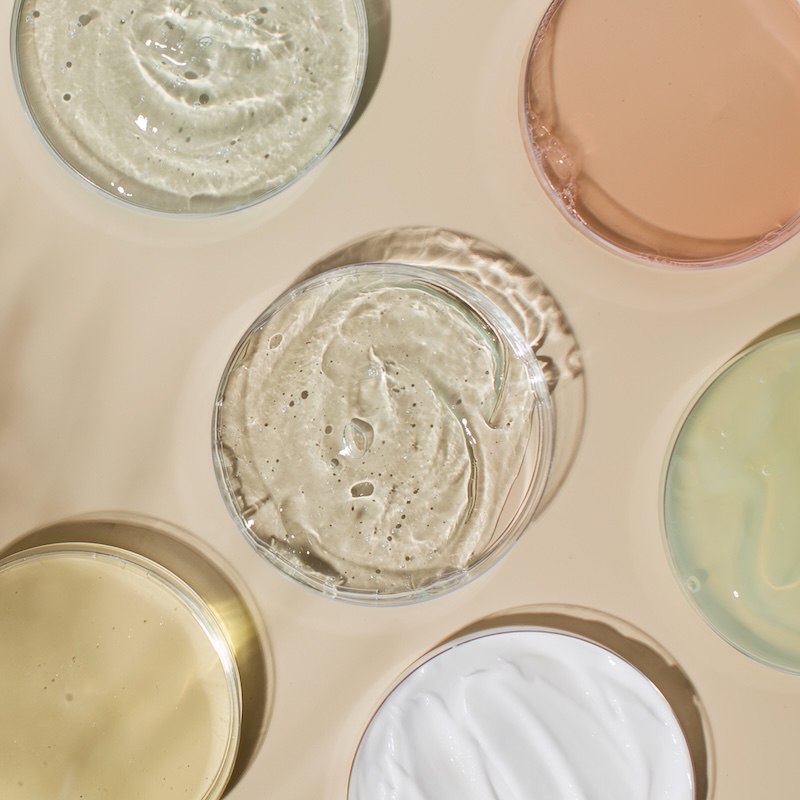
Clean, Cruelty-Free Serums
In light of the sheer number of serums available and our unique skin—which may lean delicate and sensitive or hearty and gimme all you got—I am sharing this link to a carefully sorted collection of serums on Credo Beauty. This will ensure that you have a wide enough range of options to choose one that’s perfect for your skin, while also taking the guesswork out by looking exclusively at serums that are:
- Made with Vitamin C and/or Hyaluronic acid
- Rated a minimum of 4 out of 5 stars
- Vegan and cruelty-free (all products on Credo are cruelty-free)
- Priced at a maximum of $60 per bottle
- Sustainable, as per everything you find on Credo Beauty
Step 3: Moisturize + Protect
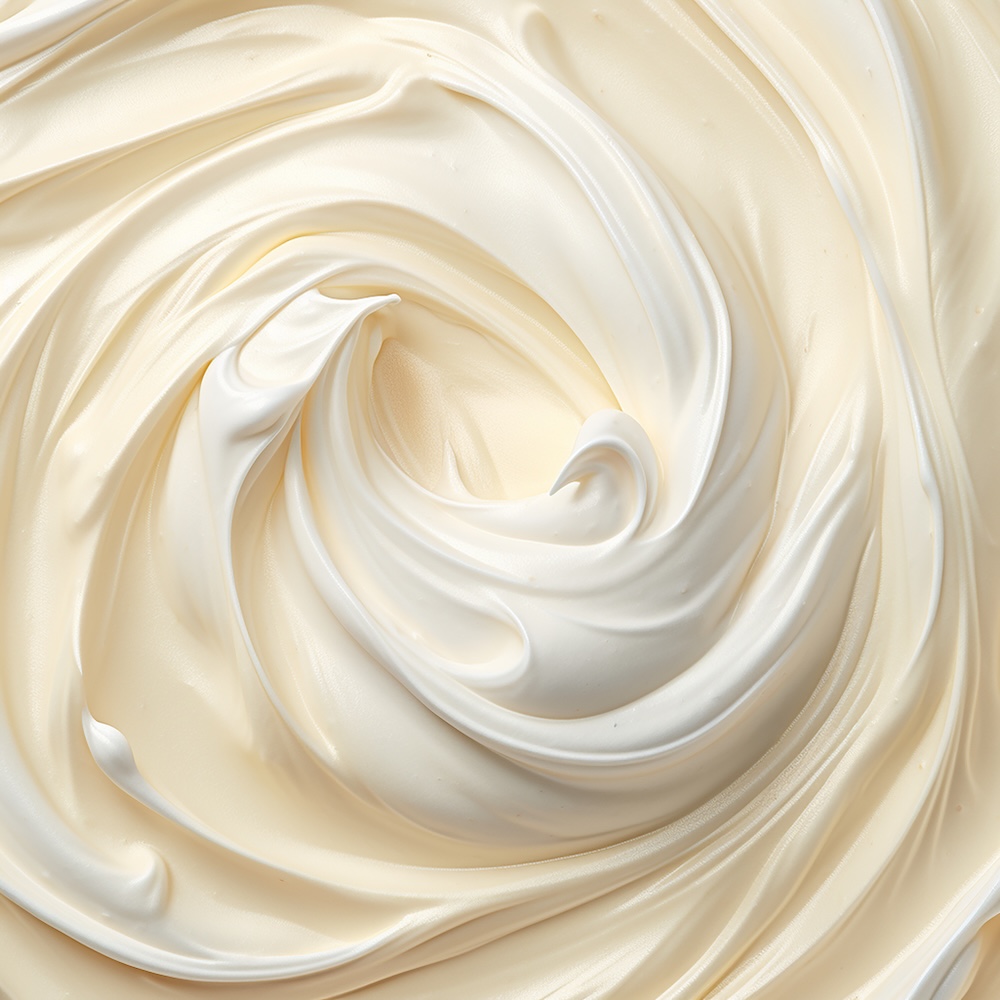
Ah, sweet moisture. This is my personal favorite step in the routine, and I would say it’s one of the most straightforward. Choose a moisturizer that’s designed for your skin type (full post on that coming soon), and gently pat and rub it over your face and neck. You can take this opportunity while your skin is nice and slick to do a quick, lovely little facial massage as well—more on that in the Extras section below.
A note on sunscreen: Oh my goodness, if there’s literally one thing that everyone in the beauty world can agree upon, it’s the importance of sun protection. It is frequently cited as the #1 most important and impactful anti-aging strategy. It really is as simple as that! Opt for a morning moisturizer with SPF, or layer on your SPF cream over your regular morning moisturizer. Reapply as needed.
Morning vs. Evening
Here are the key differences between moisturizer needs in the morn and eve.
- Day creams tend to be lighter weight than night creams, so you can layer makeup over them. They may also contain SPF and ingredients to help product against the environment—and if they don’t contain SPF, make sure you add on an SPF cream over them!
- Night creams tend to be thicker than day creams and geared towards repairing, replenishing, and deeply hydrating the skin overnight.
- Most moisturizers can function fine as both a day and night cream, even though, as noted above, they may have different explicit benefits. (source)
“Daytime skincare is about protection from skin damage, while nighttime skincare aims to address skin issues before the regenerative process of sleep begins.”
Jaclyn LaBadia via [comfort zone]
Clean, Cruelty-Free Moisturizers
Below are a few curated, beloved choices for day and night.
DAY CREAMS WITH SPF

Beauty of Joseon | SPF 40
$18 | 1.69 oz
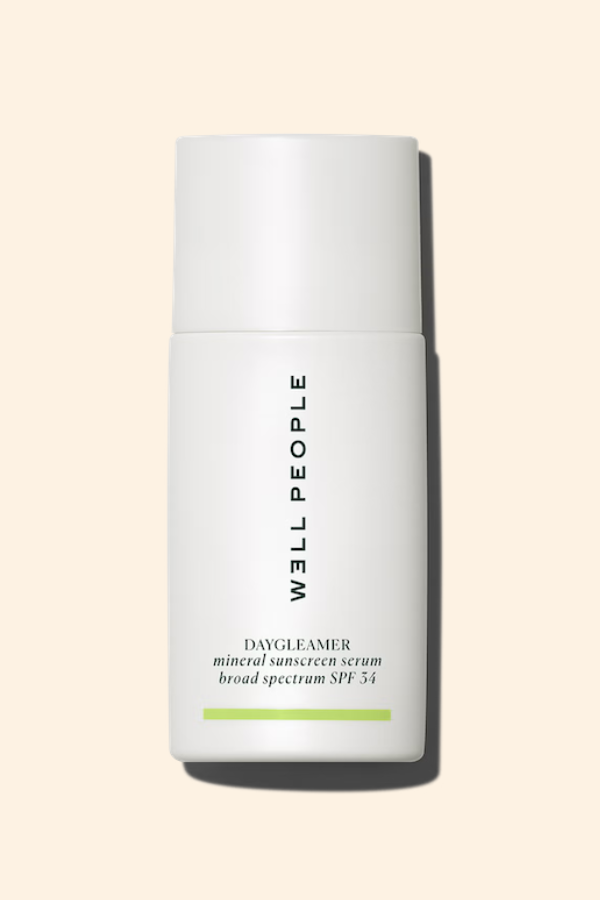
Well People | SPF 34
$26 | 1.7 oz
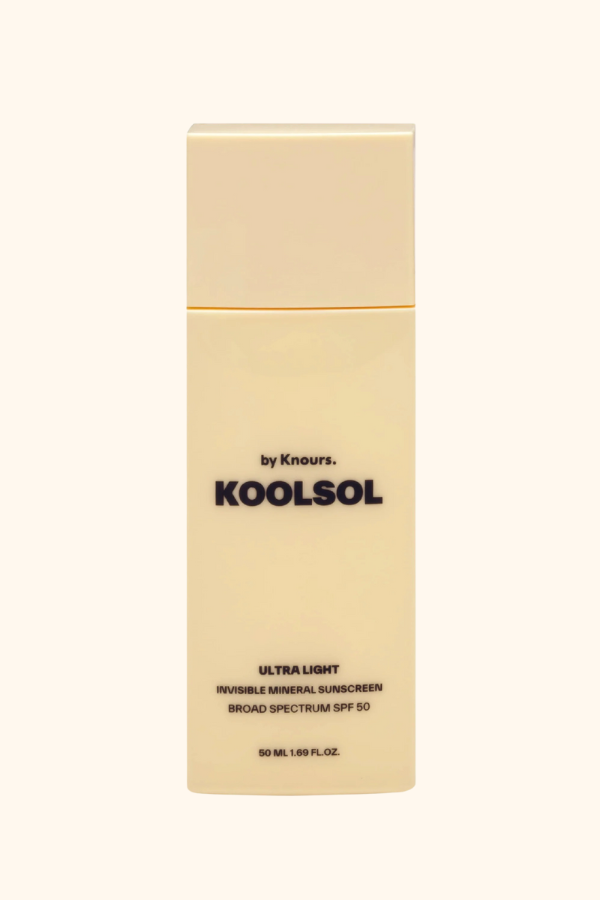
Knours. | SPF 50
$22 | 1.69 oz
NIGHT CREAMS FOR NOURISHMENT
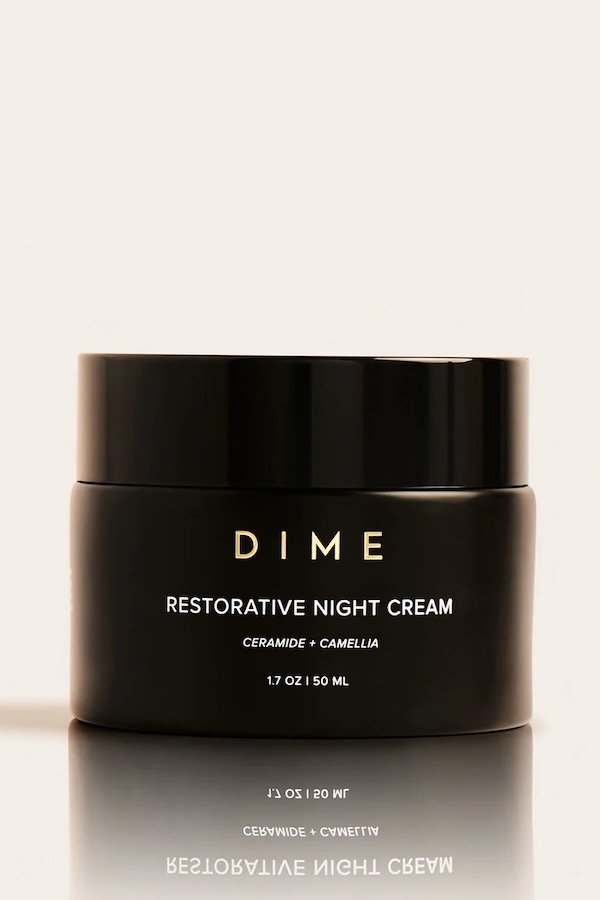
DIME | Restorative Night Cream
$38 | 1.7 oz
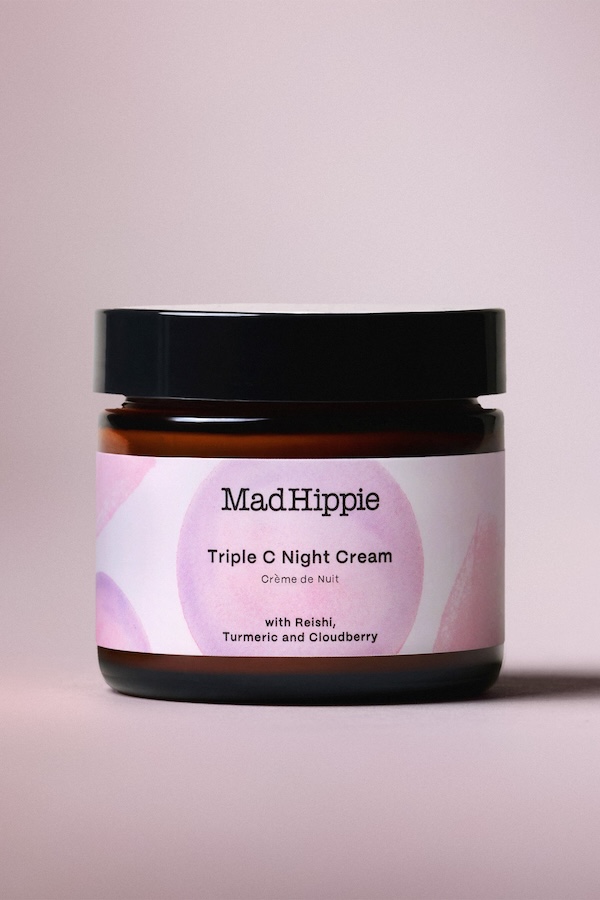
Mad Hippie | Triple C Night Cream
$28 | 2.1 oz
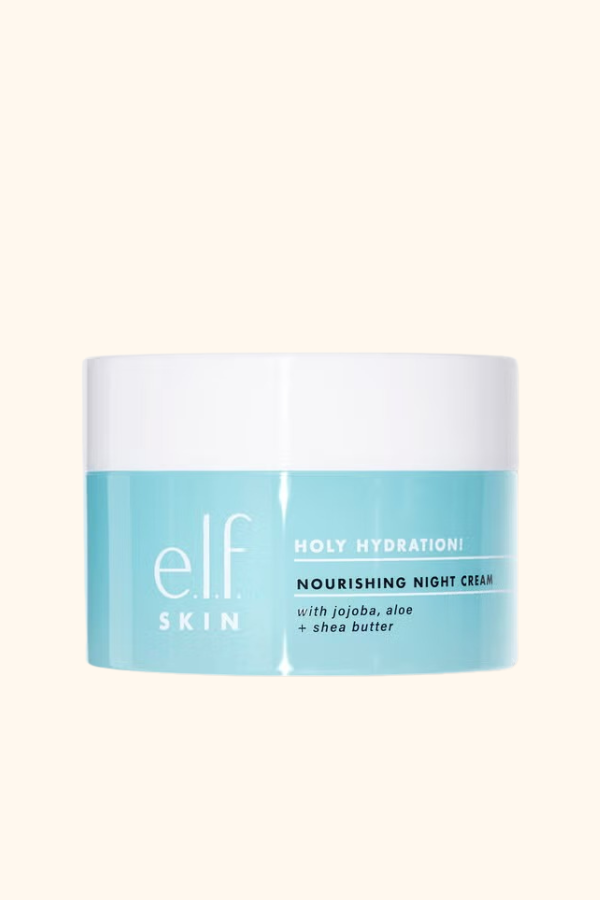
e.l.f. | Nourishing Night Cream
$12 | 1.76 oz
The Extras: Thoughtfully Enhancing Your Simple Skincare Routine
The theme of this post is of course simplicity, but you may want to stretch and expand your routine as you go. Or sometimes you might just want a little extra glow before a big event. Whatever the reason, here are some ways to upgrade your routine once you’ve nailed the fundamentals.
Facial Massage and Tools
I’m listing these particular extras first because they feel great, seem to really work, and are free (if you use your hands). If you’re interested in giving your routine a little boost, self-massage and facial tools—like gua sha—offer a natural way to increase circulation, reduce puffiness, and enhance your skincare routine’s effectiveness.
Simple self-facial massage using clean fingertips or knuckles can stimulate blood flow, ease tension in facial muscles, and create a natural glow. This works by encouraging circulation, which brings fresh oxygen and nutrients to skin cells while helping to flush away toxins and excess fluid that can cause puffiness or dullness.
To start: here’s an excellent, 10-minute guided facial massage. Head to the comments section on that video to see what all the hype is about.

If you want to incorporate a tool, a gua sha stone or jade roller are good options. Gua sha stones are typically made from jade or rose quartz, and help sculpt and contour the face while promoting lymphatic drainage. Jade rollers provide a cooling, soothing massage that can help skincare products penetrate better while offering a nice moment of relaxation—keep yours in the fridge if you’re feeling crazy!
Eye Creams
The jury is still out on whether eye creams really make a difference. Those in favor argue that the skin under our eyes deserves extra special attention, and those against tend to say that your regular face moisturizer will do just fine under your eyes.
I tend to think that it can’t hurt, but it’s personal. If you’re interested in the best clean, cruelty-free eye creams that are loved by users, head here.
Weekly Treatments
Exfoliation
I’ve seen different recommendations for how often one should exfoliate. Some say once a week is enough, but other dermatologists recommend exfoliating 2-3 times a week (depending on your skin type and what it will tolerate). One thing there seems to be basic consensus on: don’t exfoliate more than 2-3 per week.
You may choose to exfoliate mechanically (e.g. with a brush or with a scrub containing exfoliating particles) or chemically (e.g. with a product that breaks down dead skin cells, like with salicylic acid). Doing so mechanically works more at the surface level to unclog pores, while chemical exfoliation can penetrate more deeply to loosen and dissolve dead skin.
Start slowly and experiment too what your skin likes!
Masks
Face masks offer a concentrated boost of beneficial ingredients to address specific skin concerns and complement your regular skincare routine. For example:
- Clay and charcoal masks work to draw out impurities and excess oil from pores, making them ideal for oily or congested skin.
- Hydrating masks infused with ingredients like hyaluronic acid or aloe vera provide an intensive moisture treatment for dry or dehydrated skin.
- Exfoliating masks containing gentle acids or enzymes help remove dead skin cells to reveal smoother, brighter skin underneath.
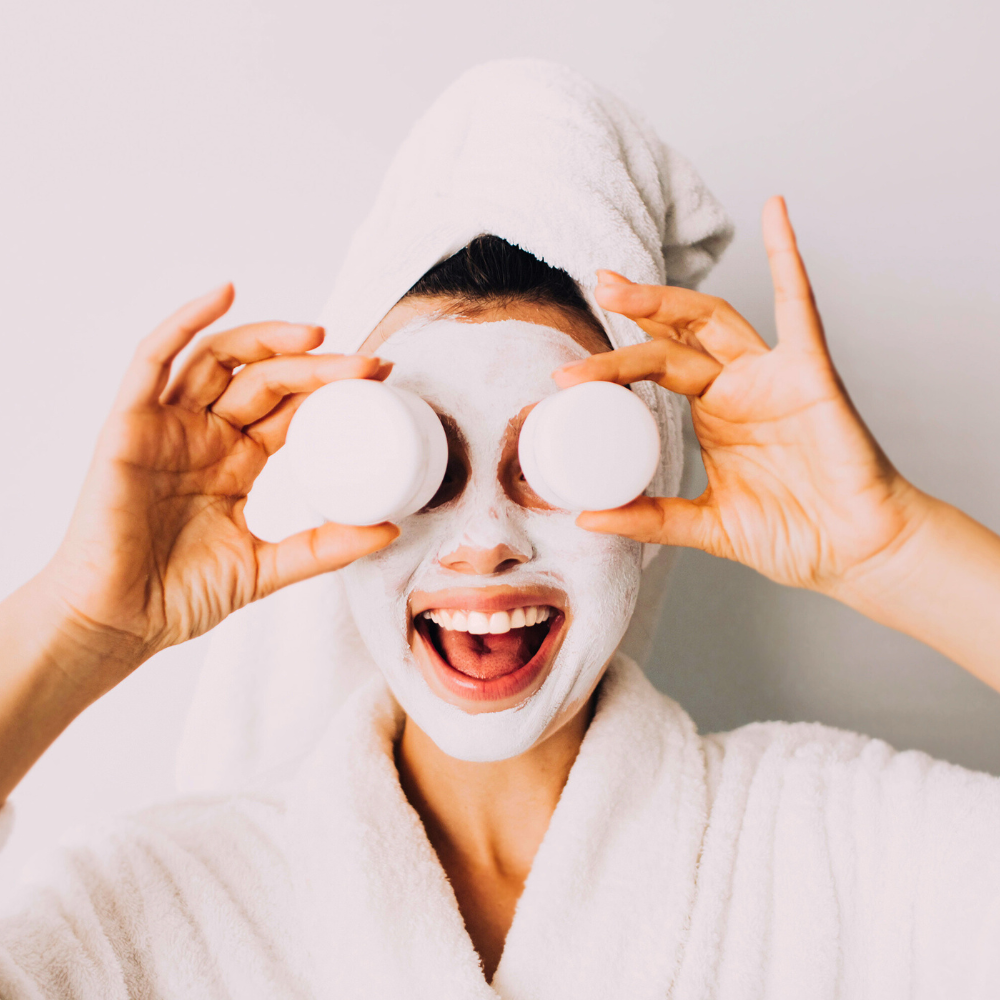
How often you choose to use masks will depend on your skin type and the specific mask formula. Most hydrating and nourishing masks can be used 1-2 times per week as part of your evening routine, while clay or purifying masks should be limited to once a week to avoid over-drying the skin.
Always listen to your skin and adjust frequency accordingly; if you notice irritation, redness, or increased sensitivity, reduce usage and give your skin time to recover between treatments.
Where to Find Clean Beauty Products for Your Routine
Curated Marketplaces
Sometimes the simplest way to find the best beauty products is through marketplaces that take the guesswork out by compiling great options from great brands. Each has its own specialty:
- Credo Beauty: Their rigorous Credo Clean Standard bans over 2,700 ingredients, and they carry a wide range of premium products, all cruelty-free. Perfect when you want plenty of options and the confidence that everything has been pre-vetted.
- Petit Vour: A destination for 100% vegan beauty with a boutique feel. Every product is not only clean, cruelty-free, and vegan, but also aesthetically pleasing and sure to look nice on your vanity. Perfect for discovery with an emphasis on indie and emerging brands.
- Detox Market: Curated, clean, and green, this ultra-selective marketplace that accepts less than 2% of brand submissions each year. Choose this when you want highly vetted while exploring clean beauty in a fun, informative way.
Favorite Brands
This is by no means an exhaustive list—though keep your eyes peeled for that, coming soon—but rather a starting point for your clean beauty brand needs. This curated list of seven was chosen for being loved by users, clean, cruelty free. Fully vegan brands are denoted with a (V).

DIME® Beauty (V)
This approachable luxury brand transforms “loving your skin again” into reality with truly clean (EWG-verified) and proven formulas delivered in sustainable, shatter-resistant glass. Their transparent and meticulously crafted products are made with deeply nourishing ingredients that deliver real results.

Earth Harbor (V)
Founded by a toxicologist-herbalist (yes, she is a single person who is both of those things), Earth Harbor harnesses the power of land and sea with small-batch, synthetic-free formulas that are carbon neutral and as pretty as can be. The brand is also part of 1% for the Planet.
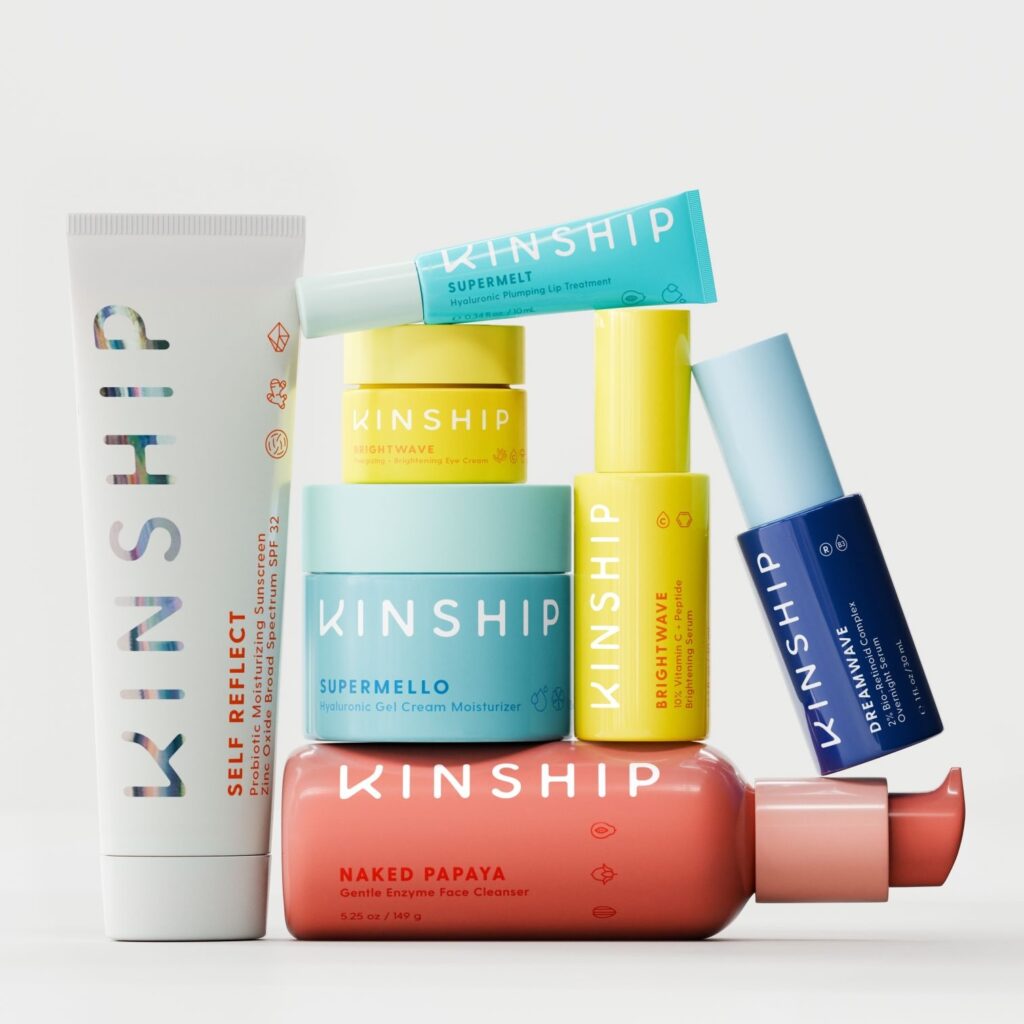
Kinship
Kinship was made to provide natural, cruelty-free to those with sensitive skin. Their patented prebiotic technology works to strengthen the skin barrier, while their dreamy textures and essences (and bright packaging) make skincare more fun. So far the brand has removed 6 tons of plastic waste from our oceans.
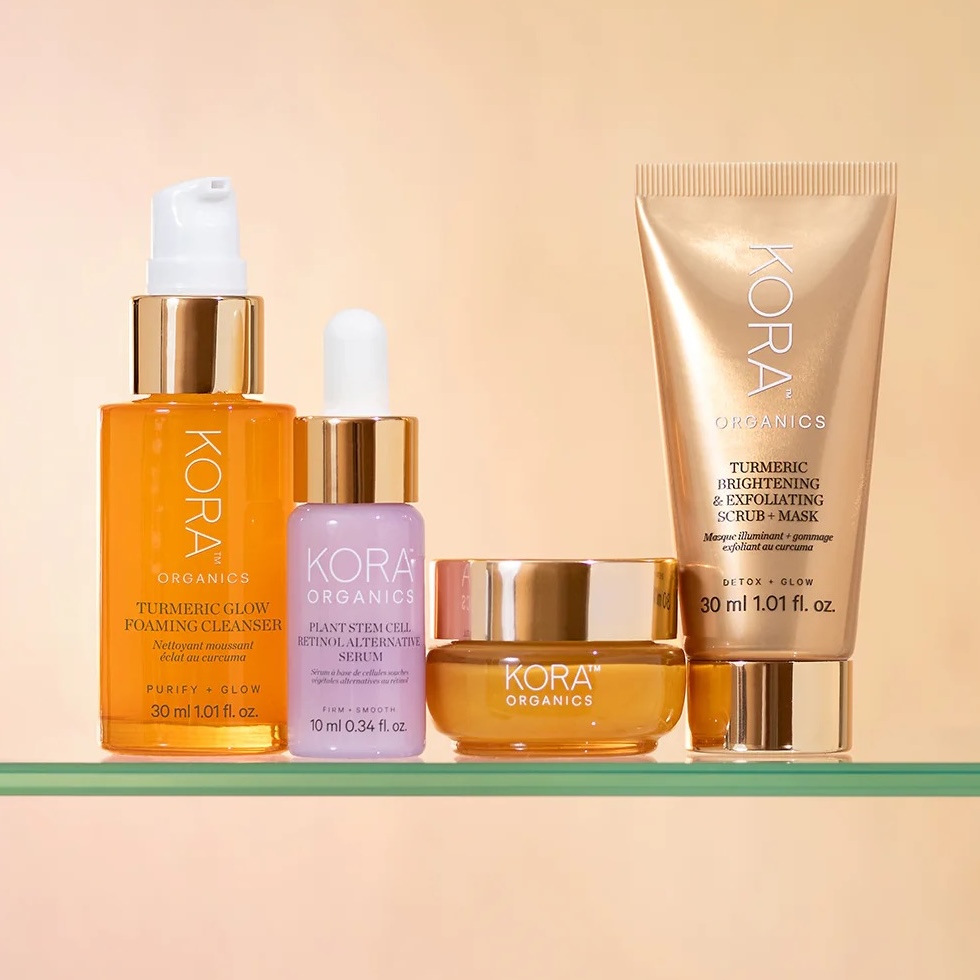
KORA Organics
Supermodel Miranda Kerr’s certified organic skincare line uses skin-loving botanicals—like Noni Fruit, Kakadu Plum, and Turmeric—to craft their gentle but powerful formulas. The brand is Climate Neutral Certified.
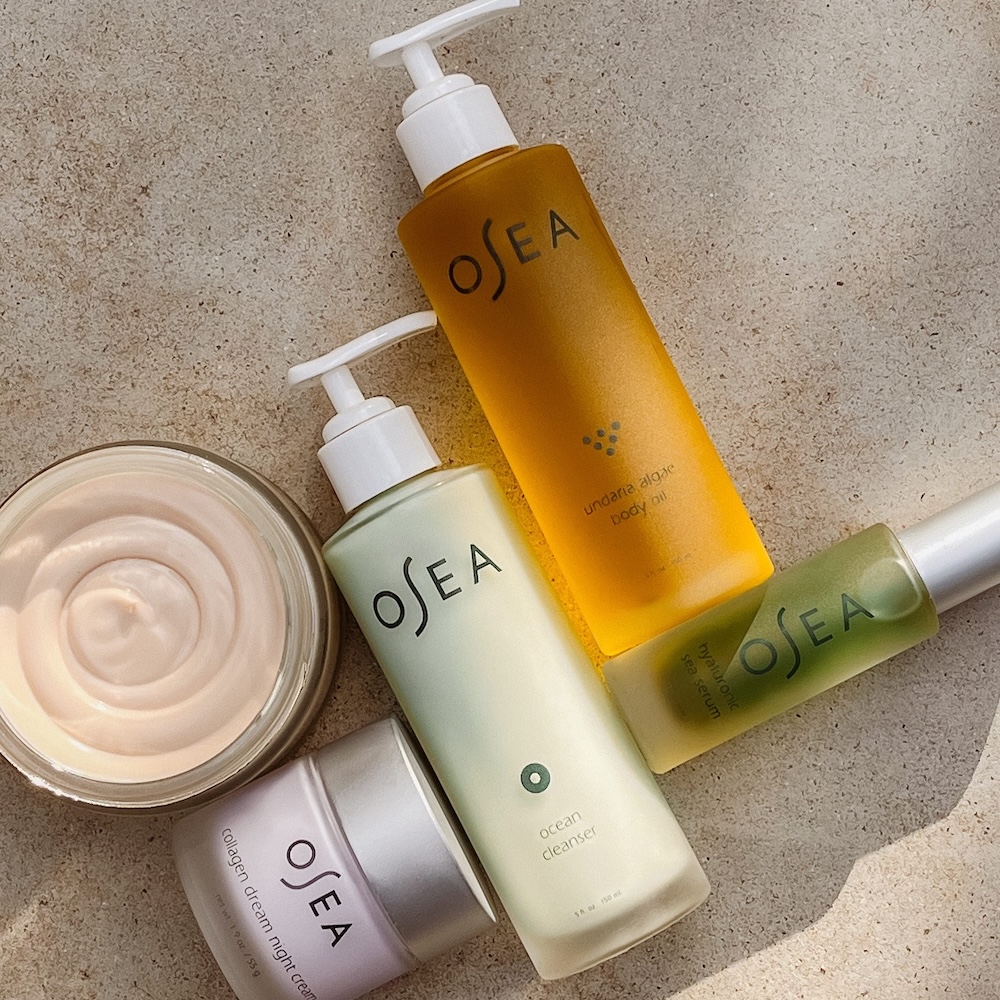
OSEA (V)
This mother and daughter-founded Malibu treasure has been a clean beauty pioneer since 1996, creating seaweed-supercharged, vegan formulas that bring the mineral-rich essence of the ocean to your daily ritual. They’re an Ocean Positive brand, meaning they offset more carbon than they create.

Three Ships (V)
This radically transparent Canadian brand makes clean beauty accessible with natural, science-backed formulas (most of which are EWG-verified) that prove you don’t need a fortune or twelve-step routine for glowing skin.
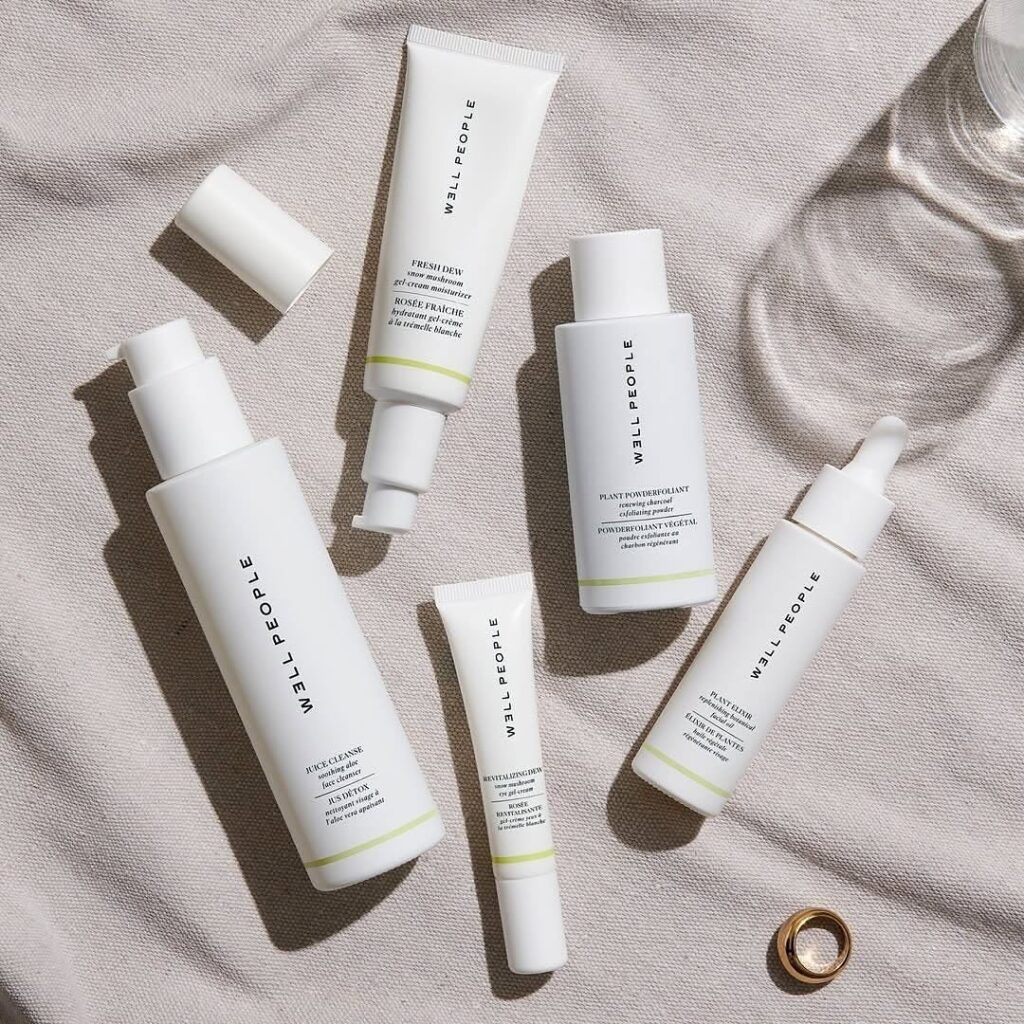
Well People (V)
This dermatologist-developed, EWG-verified brand creates plant-powered hybrid formulas that blur the line between makeup and skincare, delivering high-performance results with Fair Trade certified ingredients.
Ending Thoughts & Further Reading
When it comes to skincare, it can feel like an insurmountable task to cut through the noise and marketing claims to understand what will really work for our skin, our wallets, our health, and our planet. I hope that this breakdown of an effective but simple skincare routine will help ease your overwhelm and empower you to start, wherever you are.
Stay tuned for a series on the best clean and simple skincare routine for each skin type, and a comprehensive guide to the best clean beauty brands out there.
